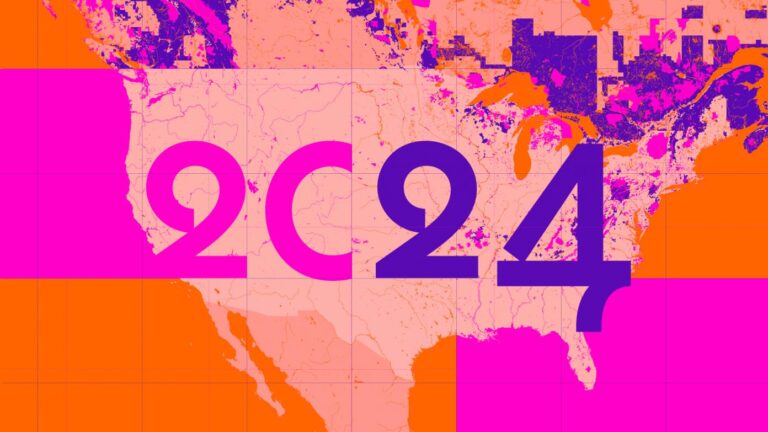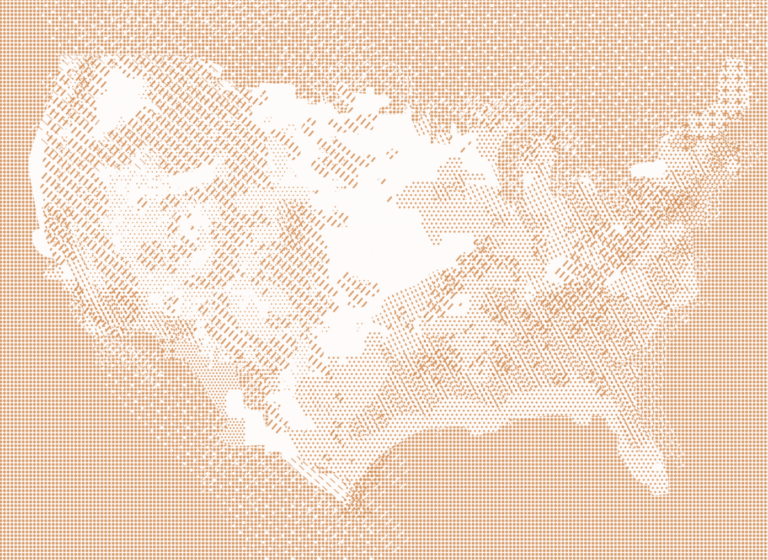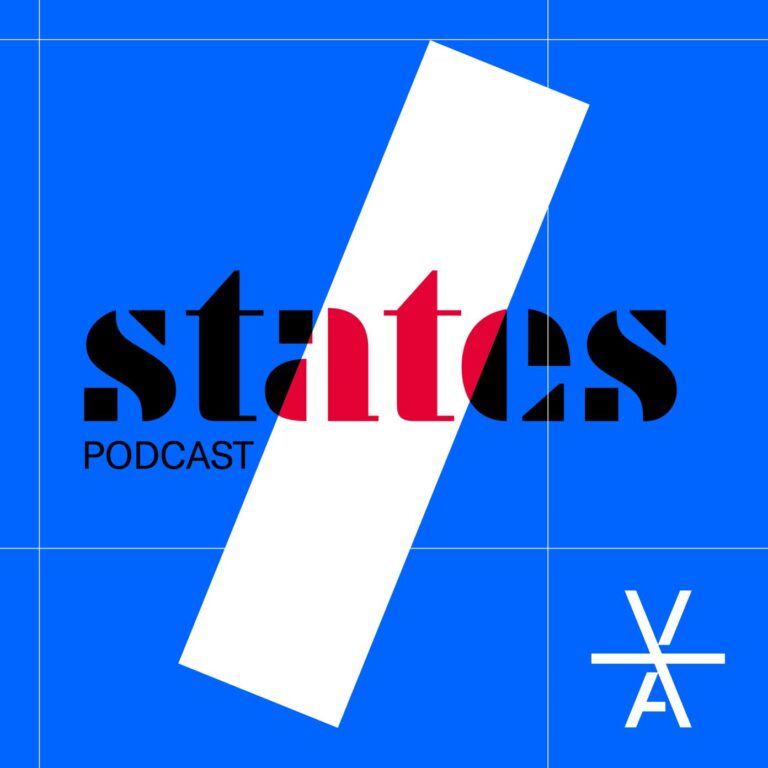
Laure Pressac
Researcher and Independant Curator
Spring-Fall 2023
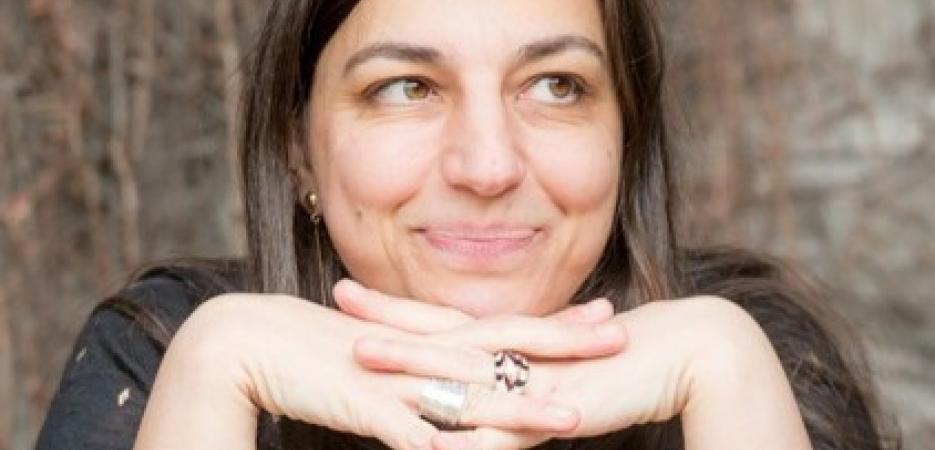
- Museums
- Houston
- New York
“How does the graffiti left on our walls become part of a polyphonic narrative of our era? How can it contribute to overcoming the stunned horror of a terrorist attack?”
A common thread throughout my career and research has been to understand how culture infiltrates the everyday and lets us perceive, decrypt, and describe the times we live in.
This line of inquiry has taken me on a hybrid trajectory combining political science, marketing, cultural management, digital technology, and art history. My activities in this vein have included conducting sociological research into exhibition visitor guest books, setting up an exhibition circuit between Paris and London, investigating visitor motivations for attending exhibitions, reflecting on strategic directions for the French Ministry of Culture, and supporting digital transformation in the cultural sector. For the five years that I spent at the Center for National Monuments (CMN), my work focused on the institution’s digital projects, as well as themes of heritage creation, mediation, and knowledge transmission.
I have also explored examples of centuries-old graffiti inscribed on former prison walls, from La Rochelle to Château d’If, to understand the purposes, formats, and potential universal nature of their content. This body of research has given rise to a cultural season of nine exhibitions, a book, and several live street art works, against the background of historic monuments.
Alongside this, I have used my understanding of how traces of our past resonate with major modern events to guide complementary study on the Gilets jaunes (“Yellow Jacket”) movement. The theme of terrorist attacks constitutes a new chapter in this research into all that encompasses graffiti, emotion, memory, and collective history.
Laure Pressac is a culture expert, independent researcher, and lecturer at Sciences Po and CNAM. From 2014 to 2019, she was the Strategic and Digital Director at the Centre des monuments nationaux, where she created a business incubator for cultural start-ups. She also curated and directed the catalog for the Sur les murs cultural season that took in nine different monuments around the theme of historic graffiti. With a focus on giving voice to those who are “without a voice”, her current chosen line of research is concerned with memory and heritage creation.
“Our lives are the same as one of these walls. They are overlain with inscriptions. Occasionally, we apply a coat of plaster that seems to make everything new again, but a mere scratch of a fingernail will reveal the drawing or maxim of our bygone years.” (Robert Desnos, 1937)
Have you ever engraved initials into a tree trunk or scrawled your name on a school desk? Graffiti is this universal gesture anchored in the everyday that recounts our emotions and identity, allowing those “without power” to express themselves. But what happens when terror knocks at the door; when the ordinary turns abnormal and terrifying? How does the graffiti left on our walls become part of a polyphonic narrative of our era? How can it contribute to overcoming the stunned horror of a terrorist attack?
What Remains? investigates the potentially cathartic power of graffiti. What remains of it years later? Is the memory that it expresses also universal? Even though it is ephemeral, can it help us conquer pain and bafflement in the long term? What do our walls tell us about the most tragic moments of our time?
A French terrorist attacks memorial museum is due to open in 2027, in Suresnes. It will open an avenue into studying memory and overcoming trauma as a way to move on to something else: knowledge, reflection, or learning. What role can graffiti and its artistic dimension play in this process?
These are the questions that will guide my research on the scars of terrorist attacks in the US, which form an echo with those that have occurred in France. I intend to meet with graffiti artists, victims, residents, and those who work on organizing understanding and carrying on the memory of such attacks.
“I remember where I was, who I was with, and how I felt.” – For those who lived through it, 9/11 was a tipping point in our time. It has been the focus of drawings, comics, and novels, and referred to in numerous other artistic creations. Remembering this extraordinary attack, committed in the historic capital of street art, is a mandatory rite of a passage. This memory echoes within the Memorial now standing on the ruins of the Twin Towers.
Can we still identify references to this event today within the graffiti on the walls of New York? Is graffiti present in the Memorial’s collections? Is this memory revived during commemorations?
My investigations in New York will be supplemented by research retracing the 1995 Oklahoma City bombing, which was linked to the white supremacist movement. A memorial has been built in light of this attack, welcoming over 350,000 visitors annually since its opening, in 2001. Does the city contain any official or “vandalistic” references to this trauma? Do commemorations provide opportunities for references to this episode to re-adorn the city walls?
How do New York City and Oklahoma City recount these two events, through the presence or absence of recent graffiti? Do the French and American models offer differing approaches to notions of remembrance and knowledge transmission?
In partnership with
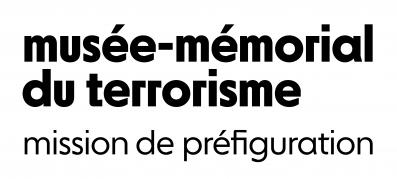
Museum and Memorial of Terrorism
The first of its kind, this institution will be a place of remembrance, a museum of history and society, a platform for documentation and research, and a center for educational programming, lectures and debates. It will complete a commemorative mission that already includes the French National Medal of Recognition for Victims of Terrorism, the French National Day for Victims of Terrorism, and the creation of the French National Resource and Resilience Center. Victims, survivors, those wounded both physically and psychologically, as well as first responders and relief workers (fire fighters, rescue workers, police officers and gendarmes, doctors, community members) are at the heart of the mission at the Museum and Memorial of Terrorism.



